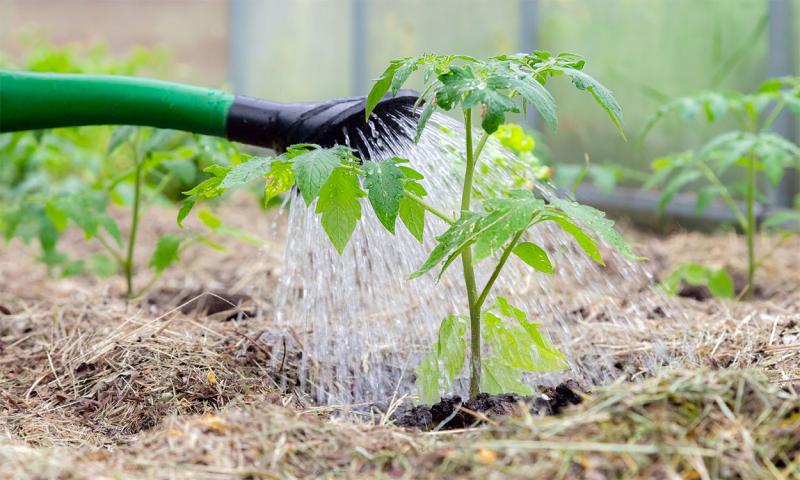Originally written with contributions by Gared Shaffer, former SDSU Extension Weeds Field Specialist.

Tillage is used in gardens primarily for seed bed preparation and weed control. If managed properly, ideal planting depth, seed placement and sufficient weed control can be achieved in a no-till system as well. Tillage in gardens usually controls weeds that are on or close to the surface, but it may also bring weed seed to the surface from underneath the soil. This allows new weed seed to germinate when conditions are right. Many weed seeds may remain viable in the soil for many years.
Transitioning Your Garden to No-Till for Better Weed Control
Mulch is the key to successful weed control in no-till gardening. There are several mulches that can be beneficial. It is best to start a no-till garden in the fall to give applied mulch the time to breakdown and suppress any weed growth. If you have already tilled the garden this spring but want to transition to no-till this growing season, then the first step would be to stop tilling and get the soil covered as soon as possible. The least expensive organic options for mulch could include weed-free grass clippings, grass hay, alfalfa or straw. Another option is wood chips, which are beneficial to soil. Wood chips are a capable weed suppressor, but they do not have sufficient plant nutrients and will require other sources of nutrients to be added to the soil.
Non-organic options for weed suppression could include tarps, weed fabric or any plastic ground cover. These non-organic ground covers are beneficial, but they do not benefit the soil and are only a short-term fix for weed control. Other ground covers that could aid in weed suppression are cardboard and newspaper placed under organic covers. Often inorganic options need to be used with organic mulches for sufficient weed control through the entire growing season. In no-till gardening, the decreased ground disturbance will keep any remaining weed seeds underneath the soil, and they are often unable to germinate making the weed seed bank decrease over time.


